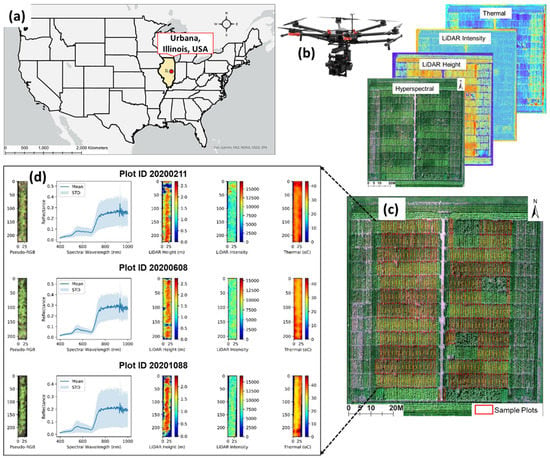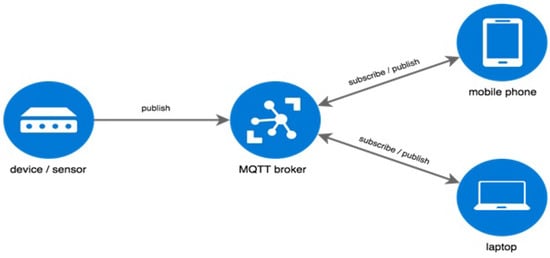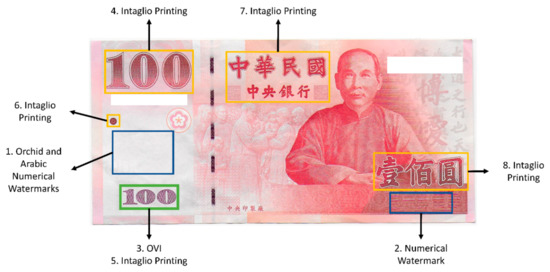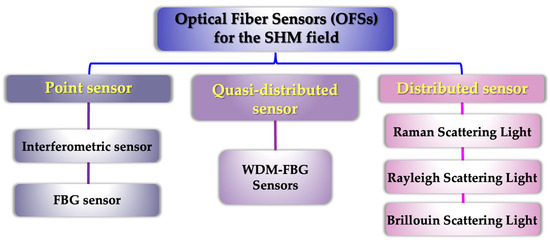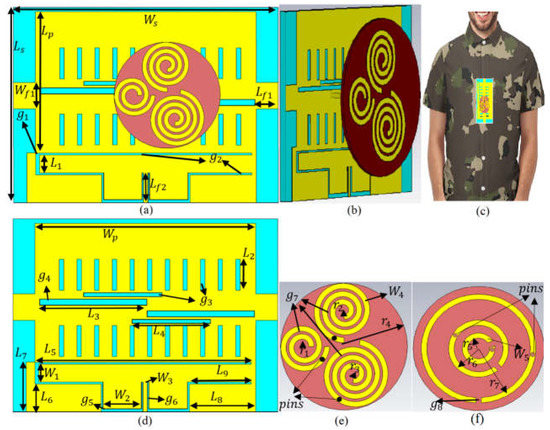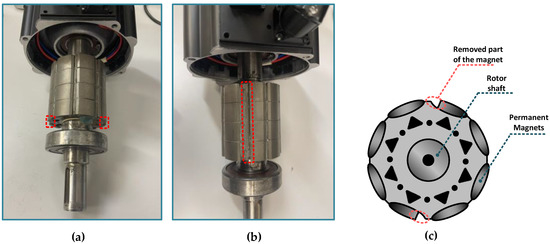Sensors 2023, 23(4), 1894; https://doi.org/10.3390/s23041894 - 8 Feb 2023
Cited by 37 | Viewed by 4133
Abstract
Forest fires can destroy forest and inflict great damage to the ecosystem. Fortunately, forest fire detection with video has achieved remarkable results in enabling timely and accurate fire warnings. However, the traditional forest fire detection method relies heavily on artificially designed features; CNN-based
[...] Read more.
Forest fires can destroy forest and inflict great damage to the ecosystem. Fortunately, forest fire detection with video has achieved remarkable results in enabling timely and accurate fire warnings. However, the traditional forest fire detection method relies heavily on artificially designed features; CNN-based methods require a large number of parameters. In addition, forest fire detection is easily disturbed by fog. To solve these issues, a lightweight YOLOX-L and defogging algorithm-based forest fire detection method, GXLD, is proposed. GXLD uses the dark channel prior to defog the image to obtain a fog-free image. After the lightweight improvement of YOLOX-L by GhostNet, depth separable convolution, and SENet, we obtain the YOLOX-L-Light and use it to detect the forest fire in the fog-free image. To evaluate the performance of YOLOX-L-Light and GXLD, mean average precision (mAP) was used to evaluate the detection accuracy, and network parameters were used to evaluate the lightweight effect. Experiments on our forest fire dataset show that the number of the parameters of YOLOX-L-Light decreased by 92.6%, and the mAP increased by 1.96%. The mAP of GXLD is 87.47%, which is 2.46% higher than that of YOLOX-L; and the average fps of GXLD is 26.33 when the input image size is 1280 × 720. Even in a foggy environment, the GXLD can detect a forest fire in real time with a high accuracy, target confidence, and target integrity. This research proposes a lightweight forest fire detection method (GXLD) with fog removal. Therefore, GXLD can detect a forest fire with a high accuracy in real time. The proposed GXLD has the advantages of defogging, a high target confidence, and a high target integrity, which makes it more suitable for the development of a modern forest fire video detection system.
Full article
(This article belongs to the Special Issue Computer Vision and Machine Learning for Intelligent Sensing Systems—2nd Edition)
►
Show Figures




